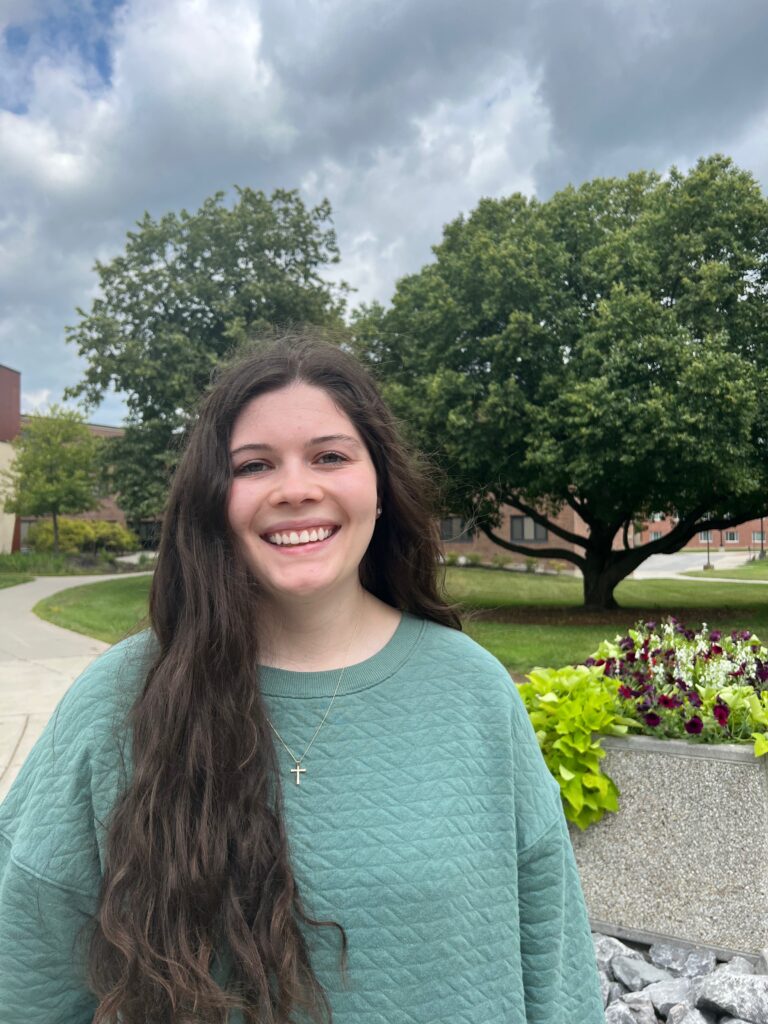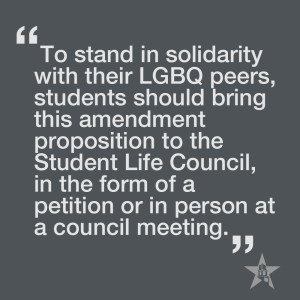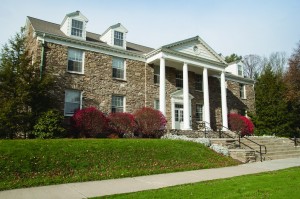By Rebecca Dailey
This Fall 2023 semester, Houghton Alumni Bill Burrichter (‘92) is the new Vice President for Student Life, and Josh Bailey (‘16), Morgan Neno (‘22), and Andrew Reith (‘22) are the three new Resident Directors.

Burrichter, the new Vice President for Student Life, has been working at Houghton for nine years as the Executive Director of the Center for Student Success and taught psychology courses. While in the role of Vice President, every day is a little different. He hopes to connect with students, and to both create stability and raise the bar of expectations in the residence halls and in the administration for student success. Burrichter’s favorite parts about Houghton are the students and the Christian community. When he is not working, he can be found outdoors in the woods, biking, canoeing, or even doing farm chores.
The new Resident Director of the townhouses, Bailey, has been a part of the Houghton campus community for four years. As this is his first full-time position at Houghton, he hopes to develop a unique townhouse culture and community in addition to bringing the townhouses closer in connection to the university. Bailey is also in charge of creating and developing programs such as the Townhouse Barbecue, taking care of work orders, and giving support to students. He likes being athletic, from a workout to playing sports. His favorite parts of campus are K-PAC, the Houghton Woods, and the people.

Reith is the Resident Director of both Lambein and Rothenbuhler. While this is his first year in residence life, Reith is also a member of the adjunct faculty teaching private piano lessons with the Greatbatch School of Music. He is a collaborative pianist for Lyric Theater as well as other performances. He hopes to continue fostering a culture supporting students and their interests when developing events and programs and meeting with RAs and students. Reith enjoys Sci-fi, live performances, and cooking. His favorite part about Houghton is the community and the rich group of individuals.

As the Resident Director of Gillette, Neno hopes to connect with students and support them as they grow and develop. During her time at Houghton, she was a resident assistant for two years. Every day is a little different: from meetings with RA’s and students to community-building activities and to taking care of maintenance issues. When Neno is not working, she likes to bake, spend time with others, and be outside. Her favorite parts of Houghton are Gillette, the people and the woods. ★




